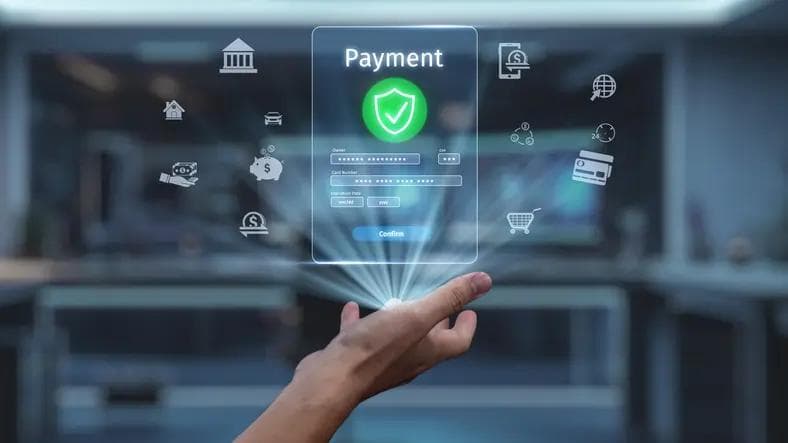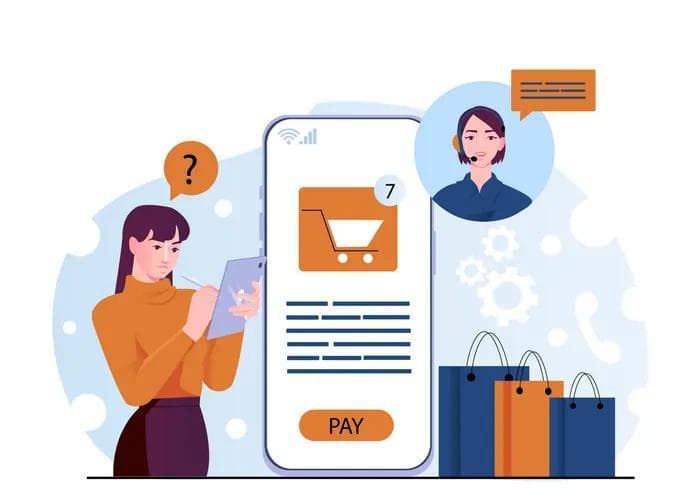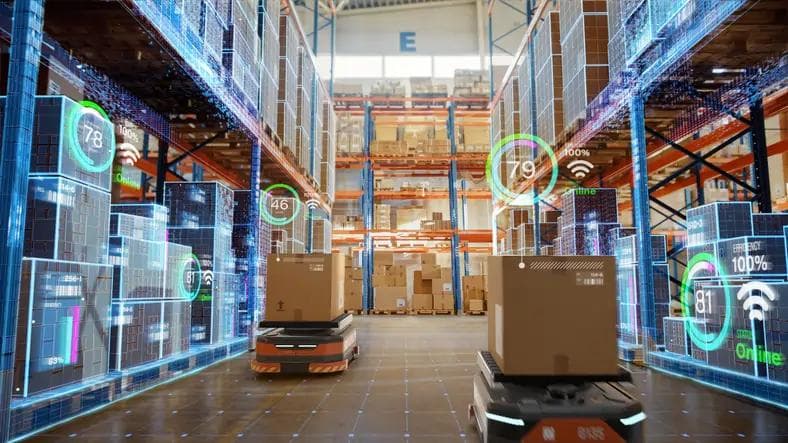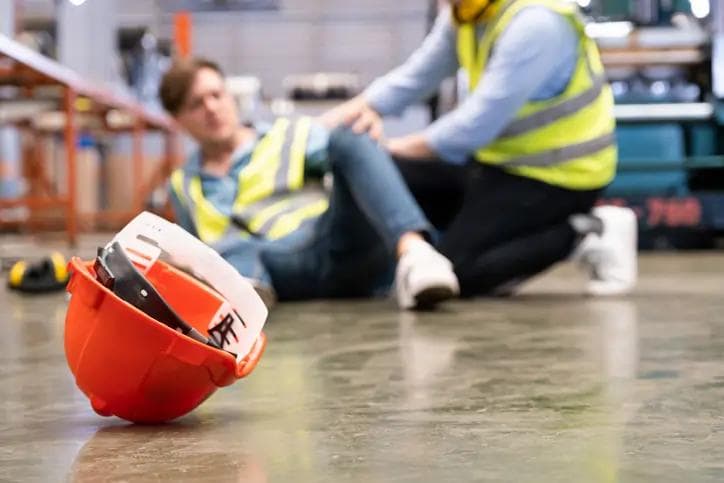Touchless shopping is here to stay
Touchless shopping is here to stay
Published by Jessica Weisman-Pitts
Posted on October 27, 2021

Published by Jessica Weisman-Pitts
Posted on October 27, 2021

By Uwe Hennig, Director Market Development Apparel & Food, Avery Dennison Smartrac
The global pandemic has upended the retail model and altered consumer behaviour for the long-term. Contactless payments – a trend accelerated by the Covid-19 pandemic – has established itself as a permanent fixture in the retail landscape of the future. This tap-and-go touchless way to purchase has proved incredibly popular as consumers prefer low or no-touch interactions.
According to Visa’s Back to Business Study, 63% of consumers indicated they would switch to a business offering contactless payment options and 68% of consumers say that the Covid-19 pandemic has permanently changed how they make payments “with a preference on safer and touchless ways to pay”. Such is the acceleration of contactless payments that the UK has announced the decision to roll-out a new £100 spending limit for contactless card payments. But it’s not just health and safety concerns that are driving this rapid shift. Speed, convenience, and security are also key factors. Businesses will need to adapt to deliver optimal customer experiences in this “new normal.”
A business-critical investment
Contactless payments are a critical investment for businesses to meet the demands and expectations of today’s digital consumers. To get this right, it’s important to consider the right technology. As global leaders in digital identity technologies such as RFID (radio frequency identification), Avery Dennison Smartrac is working with brands and retailers to provide ‘touchless’ retail experiences and contactless payments.
‘Scan and Go’ technology is a solution that facilitates immediate and contactless purchasing by giving customers the ability to scan and pay for items directly from their mobile phone, thus eliminating the need for the traditional ‘queue-and-checkout’ method. For example, we partner with MishiPay, a mobile self-checkout solution that allows in-store shoppers to pick up a product, scan the barcode and pay with their phone, and simply walk out of the shop with their purchase. Items equipped with Avery Dennison Smartrac RFID tags can be automatically switched to “paid” when a shopper has scanned the QR code and paid for an item. Not only does this create a frictionless, queue-free and safe experience it also maximises the efficiency of the store by increasing transaction capacity and freeing staff from checkouts to focus on other priorities. What’s more, RFID tags give each item a unique ID, or ‘digital twin’ giving the retailer complete item-level visibility and Electronic Anti-Theft Systems (EAS) to minimise losses.
Unattended commerce is one of the hottest trends in today’s changing retail landscape. Esselunga, one of the largest grocery retailers in Italy, has made extensive use of RFID technology. Originally established to provide a new type of retail experience, La Esse store in Milan, was conceived as a technology showcase, where all products are tagged with RFID and customers can check out directly from their mobiles.
Iris Nova, the Coca Cola-backed company behind the Dirty Lemon line of beverages, has deployed RFID technology at a cashierless store in New York. It features three refrigerators, with customers walking in, taking what they want and sending a text message to complete payment. The Avery Dennison Smartrac intelligent label gives each product a unique digital identity – customers can scan the label, gain product information such as nutritional values or date of manufacture and pay for the product via SMS, even after they have left the store. The system will automatically register and log the inventory change and keep the brand informed on stock replenishment and buying trends.
Omnichannel oversight
Another characteristic of the changing retail landscape is omnichannel experience as highlighted in our new Regenerative Retail Economy report. Having omnichannel oversight will be necessary as consumers demand seamless, connected physical and digital experiences. Contactless payment systems will allow businesses to better understand customer preferences. By identifying patterns in payment data, we can begin to better understand the types of shoppers coming into the store, how and where they’re making purchases, their interests, so we can make intelligent recommendations and predict future purchases.
Don’t fear the pivot
Whilst these technologies were already on the radar of retailers around the world, the impact of COVID-19 serves as a pivotal moment of no return; shoppers will naturally demand more convenient and safer ways to shop and checkout in the future, driving retailers to continue to look into social distancing measures and adjustments to create a touchless and enticing experience.
By Uwe Hennig, Director Market Development Apparel & Food, Avery Dennison Smartrac
The global pandemic has upended the retail model and altered consumer behaviour for the long-term. Contactless payments – a trend accelerated by the Covid-19 pandemic – has established itself as a permanent fixture in the retail landscape of the future. This tap-and-go touchless way to purchase has proved incredibly popular as consumers prefer low or no-touch interactions.
According to Visa’s Back to Business Study, 63% of consumers indicated they would switch to a business offering contactless payment options and 68% of consumers say that the Covid-19 pandemic has permanently changed how they make payments “with a preference on safer and touchless ways to pay”. Such is the acceleration of contactless payments that the UK has announced the decision to roll-out a new £100 spending limit for contactless card payments. But it’s not just health and safety concerns that are driving this rapid shift. Speed, convenience, and security are also key factors. Businesses will need to adapt to deliver optimal customer experiences in this “new normal.”
A business-critical investment
Contactless payments are a critical investment for businesses to meet the demands and expectations of today’s digital consumers. To get this right, it’s important to consider the right technology. As global leaders in digital identity technologies such as RFID (radio frequency identification), Avery Dennison Smartrac is working with brands and retailers to provide ‘touchless’ retail experiences and contactless payments.
‘Scan and Go’ technology is a solution that facilitates immediate and contactless purchasing by giving customers the ability to scan and pay for items directly from their mobile phone, thus eliminating the need for the traditional ‘queue-and-checkout’ method. For example, we partner with MishiPay, a mobile self-checkout solution that allows in-store shoppers to pick up a product, scan the barcode and pay with their phone, and simply walk out of the shop with their purchase. Items equipped with Avery Dennison Smartrac RFID tags can be automatically switched to “paid” when a shopper has scanned the QR code and paid for an item. Not only does this create a frictionless, queue-free and safe experience it also maximises the efficiency of the store by increasing transaction capacity and freeing staff from checkouts to focus on other priorities. What’s more, RFID tags give each item a unique ID, or ‘digital twin’ giving the retailer complete item-level visibility and Electronic Anti-Theft Systems (EAS) to minimise losses.
Unattended commerce is one of the hottest trends in today’s changing retail landscape. Esselunga, one of the largest grocery retailers in Italy, has made extensive use of RFID technology. Originally established to provide a new type of retail experience, La Esse store in Milan, was conceived as a technology showcase, where all products are tagged with RFID and customers can check out directly from their mobiles.
Iris Nova, the Coca Cola-backed company behind the Dirty Lemon line of beverages, has deployed RFID technology at a cashierless store in New York. It features three refrigerators, with customers walking in, taking what they want and sending a text message to complete payment. The Avery Dennison Smartrac intelligent label gives each product a unique digital identity – customers can scan the label, gain product information such as nutritional values or date of manufacture and pay for the product via SMS, even after they have left the store. The system will automatically register and log the inventory change and keep the brand informed on stock replenishment and buying trends.
Omnichannel oversight
Another characteristic of the changing retail landscape is omnichannel experience as highlighted in our new Regenerative Retail Economy report. Having omnichannel oversight will be necessary as consumers demand seamless, connected physical and digital experiences. Contactless payment systems will allow businesses to better understand customer preferences. By identifying patterns in payment data, we can begin to better understand the types of shoppers coming into the store, how and where they’re making purchases, their interests, so we can make intelligent recommendations and predict future purchases.
Don’t fear the pivot
Whilst these technologies were already on the radar of retailers around the world, the impact of COVID-19 serves as a pivotal moment of no return; shoppers will naturally demand more convenient and safer ways to shop and checkout in the future, driving retailers to continue to look into social distancing measures and adjustments to create a touchless and enticing experience.
Explore more articles in the Business category











